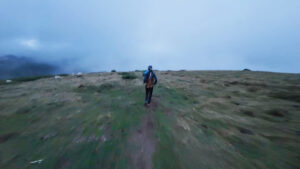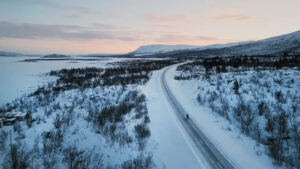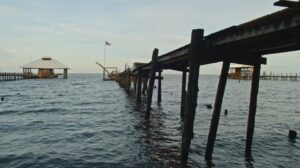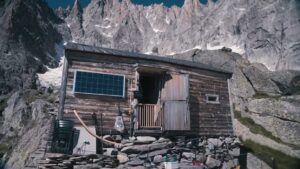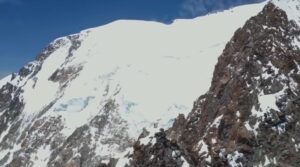In 2017, a team of climbers set off to self-film what it takes to climb Aconcagua. During their expedition, only three climbers top out.
Aconcagua
At 6,963m, Aconcagua is the highest peak outside of Asia. Towering above the Andes in Argentina, Aconcagua is one of the Seven Summits. In 1897, British mountaineer Edward FitzGerald recorded the first ascent. It took him more than eight attempts.

Edward FitzGerald.
More than 100 climbers have perished on Aconcagua over the years. Some have died of heart attacks. The weather has caught others unprepared. Some fatalities haven’t been recovered, making it impossible to determine precisely what went wrong. And high-altitude pulmonary edema (HAPE) might affect more than 15% of climbers.
Change of plans
When the first team of the 2017 season set off, they allowed themselves a four-day budget, including rest days. Strategically placing rest days throughout the ascent would aid acclimatization.
Acclimatization doesn’t discriminate between fitness levels. Even the most experienced marathon runner can struggle with altitude. However, changing weather forced them to decide between speeding up or turning back. They chose to alter their plans to a three-day ascent.

Nieves penitentes, a high-altitude snow formation, on Aconcagua.
Illness and exhaustion
The increased pace prevented some of the team from completing the ascent. A medical exam found fluid in the lungs of one climber. He turned back.
By 6,500m, only three climbers remained. A combination of sickness and exhaustion had forced the rest down.
Although the standard route on Aconcagua is not technical, its altitude and weather can make it extremely challenging. If you’ve ever wondered about trying Aconcagua, this little documentary is a good intro.

